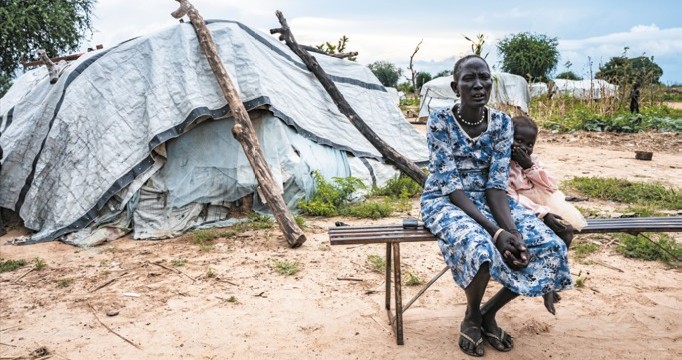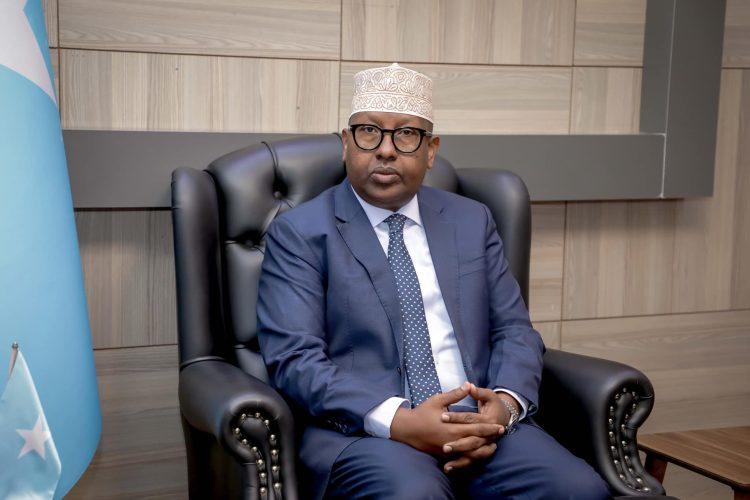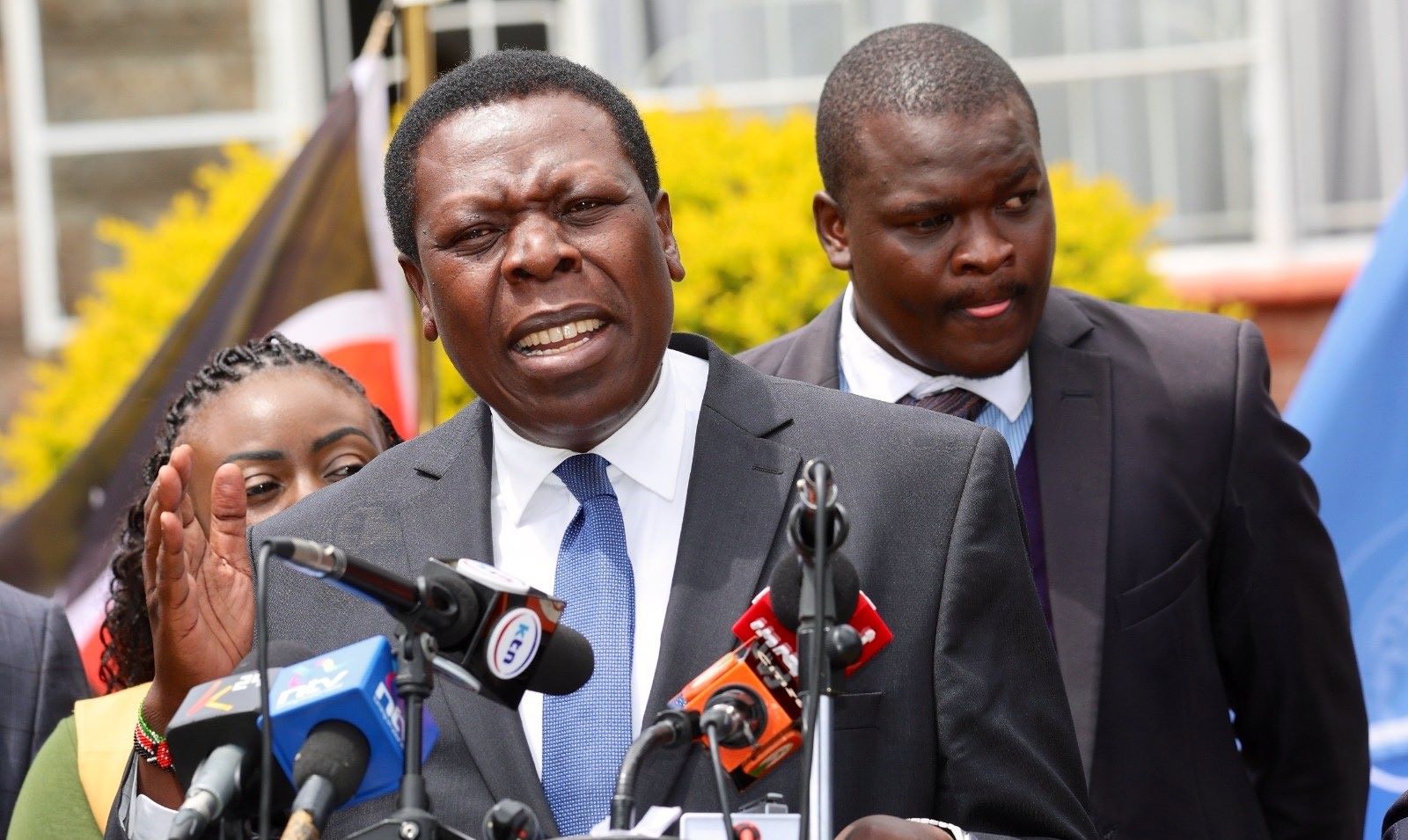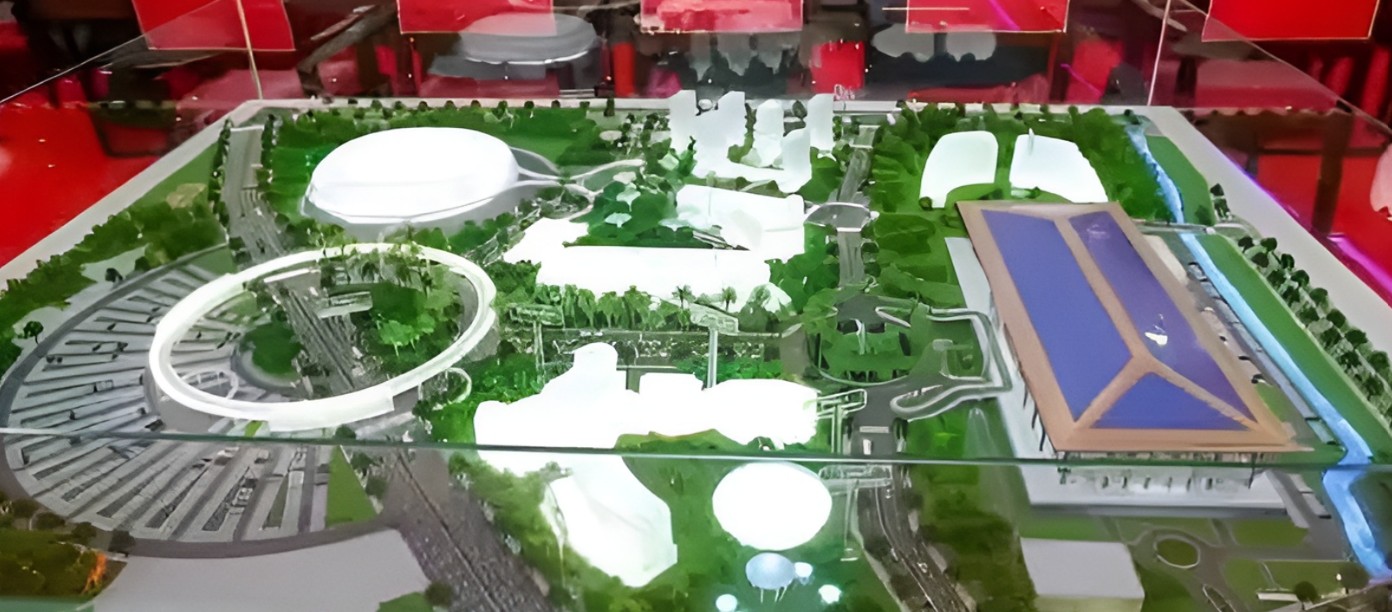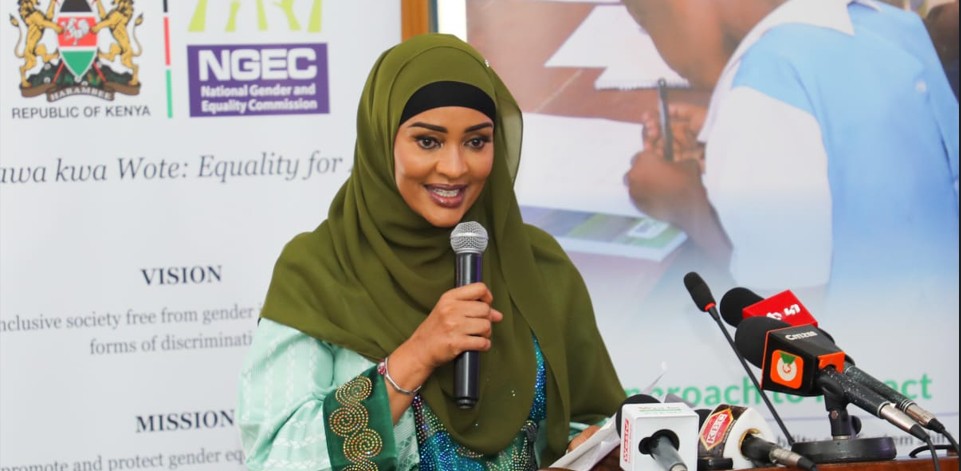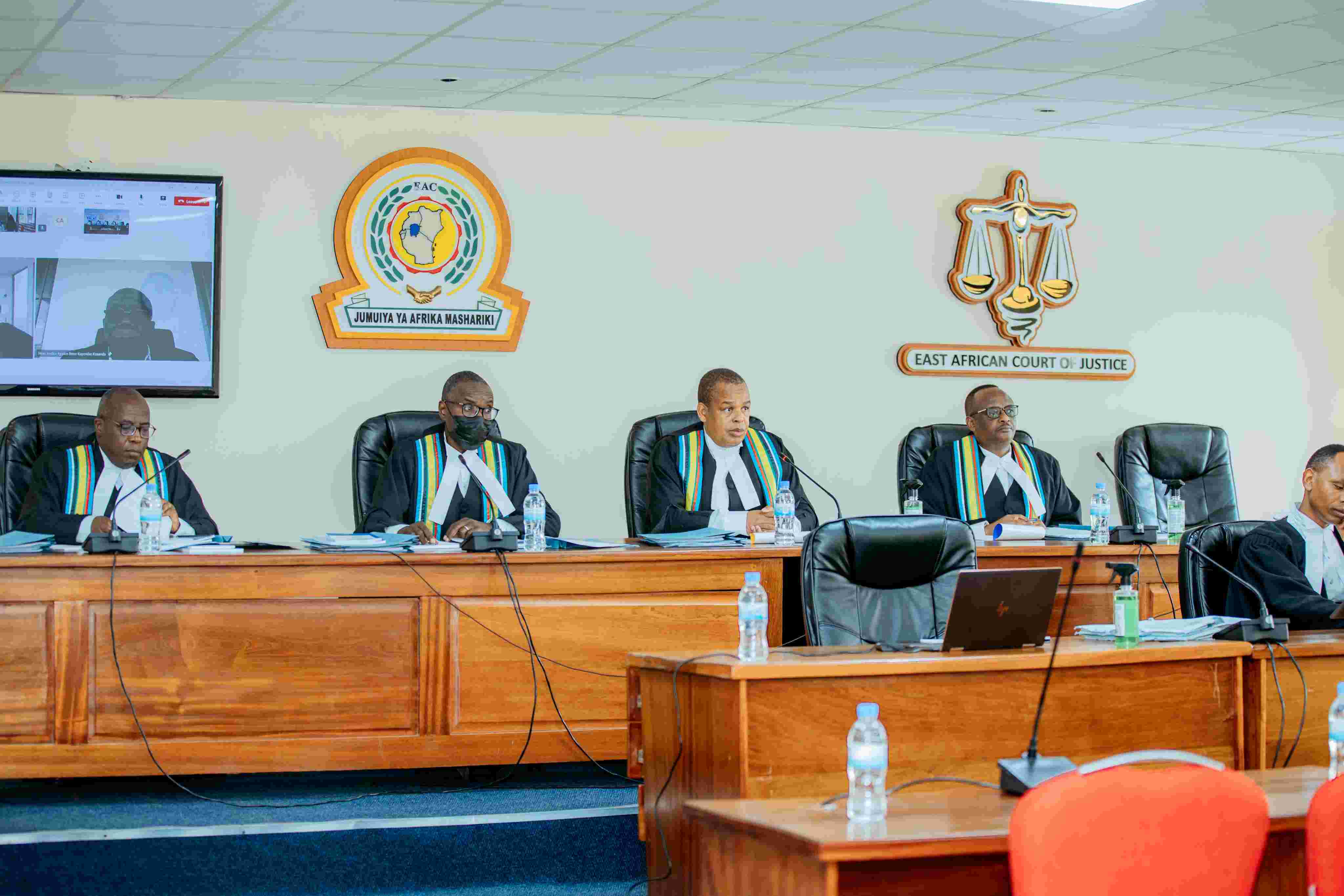Ruto unveils plan to add 10,000 MW to Kenya’s power grid in next seven years
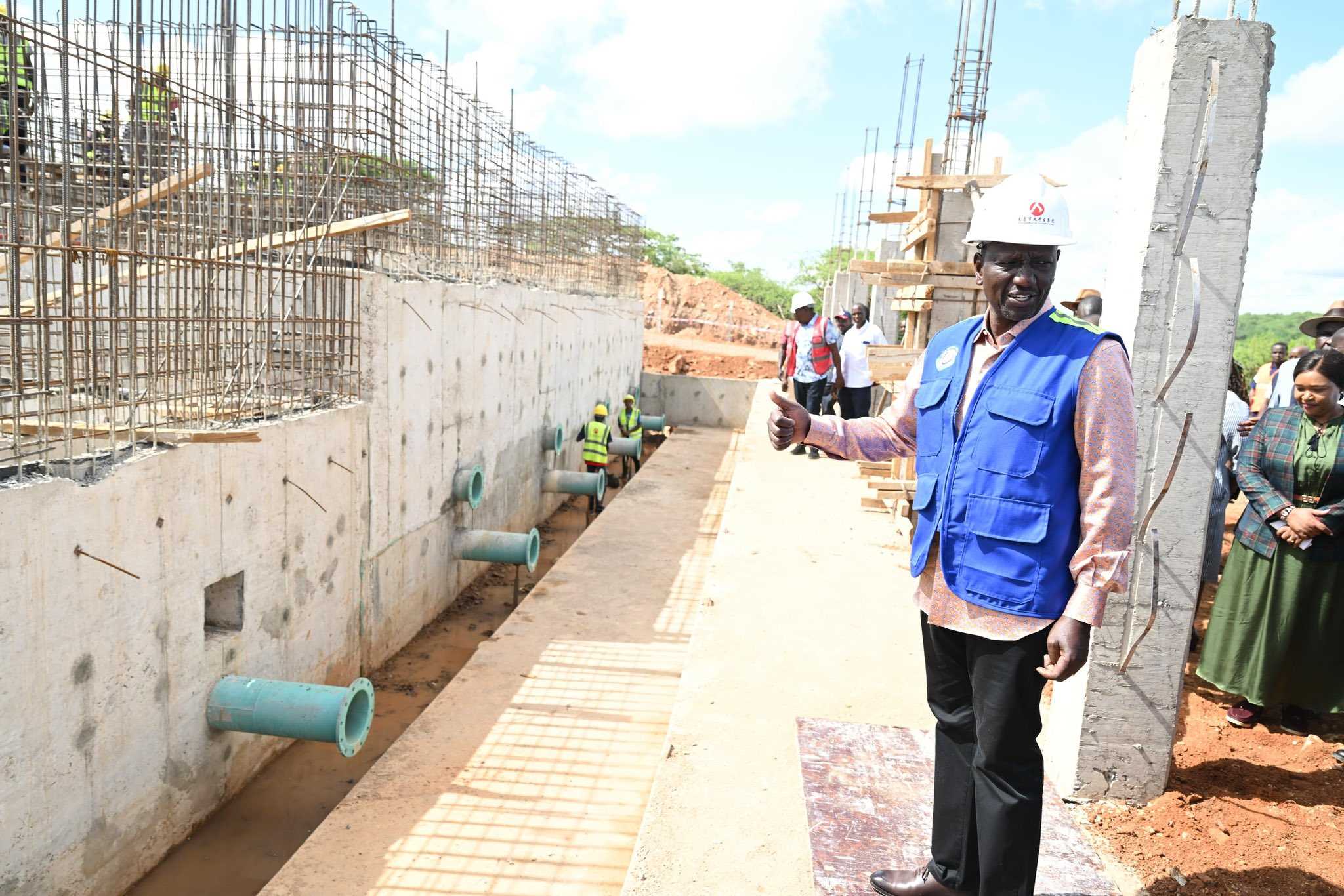
While Kenya currently has an installed capacity of 3,300 MW, the intermittent nature of solar and wind energy means the firm capacity stands at only 2,300 MW — far below what a future, industrialised Kenya will require.
President Ruto has unveiled an ambitious plan to generate an additional 10,000 MW of electricity over the next seven years, a move aimed at accelerating industrialisation, unlocking new technological opportunities, and propelling the nation to a higher level of economic growth.
Addressing a joint sitting of the National Assembly and the Senate on Thursday, he emphasised that Kenya is endowed with a wide range of largely untapped renewable energy resources — geothermal, solar, hydro, wind, and nuclear. He noted that to achieve large-scale value addition, agro-processing, manufacturing, and overall industrialisation, the country requires energy that is sufficient, affordable, and reliable.
More To Read
- Kenya’s electricity demand hits all-time high of 2,439 MW, straining power generation capacity
- National Assembly lifts seven-year ban on new power deals, paving way for local generation
- Kenya’s electricity access slows, usage surges to record levels
- MPs propose capping power purchase prices at Sh9/kWh to curb soaring bills
- Kenya Power reports record electricity demand amid cold season and rising connections
- AfDB powers regional growth with Sh67.7 billion clean energy investment in Tanzania, Rwanda and Zambia
"Modern technologies such as data centres and artificial intelligence demand a substantial energy supply. To modernise our economy and harness technology to create new opportunities — transforming our agriculture and natural resources into value-added products — we must provide the many megawatts required for manufacturing and industry," he said.
He reiterated that energy is the lifeblood of any modern economy, observing that no nation has achieved meaningful development without abundant, reliable, and affordable power. This, he stated, forms Kenya's third national priority.
While Kenya currently has an installed capacity of 3,300 MW, the intermittent nature of solar and wind energy means the firm capacity stands at only 2,300 MW — far below what a future, industrialised Kenya will require.
To support domestic electrification, industrial manufacturing, e-mobility, green industrialisation, digital expansion, and a technology-driven future, he stressed that the country must undertake a dramatic expansion of its power generation capacity.
Kenya currently produces about 14,472 GWh of electricity each year, reflecting steady growth in the energy sector. This increase in production has been driven mainly by expanding renewable energy projects and improved generation efficiency across the country, according to recent data from the Energy and Petroleum Regulatory Authority (EPRA).
Peak electricity demand has risen to about 2,316 MW, highlighting the growing needs of households, businesses, industries, and emerging technologies. Although Kenya's installed generation capacity is roughly 3,200 MW, not all of it is available at all times.
The amount of power the grid can reliably depend on — known as firm capacity — stands at approximately 2,300 MW. This gap between installed and firm capacity is largely due to the fluctuating nature of solar and wind energy, which depend on weather conditions.
Kenya's electricity mix is dominated by renewable energy, which accounts for around 80 per cent of all power generated. Geothermal energy leads this mix, providing a stable and dependable supply, followed by hydropower, wind, and solar generation. Thermal plants, which use fossil fuels, still play a role, especially during periods of high demand or low renewable output.
The Energy and Petroleum Regulatory Authority (EPRA) also notes that thermal generation has recently increased to help stabilise supply during peak periods and complement intermittent renewables.
Top Stories Today
